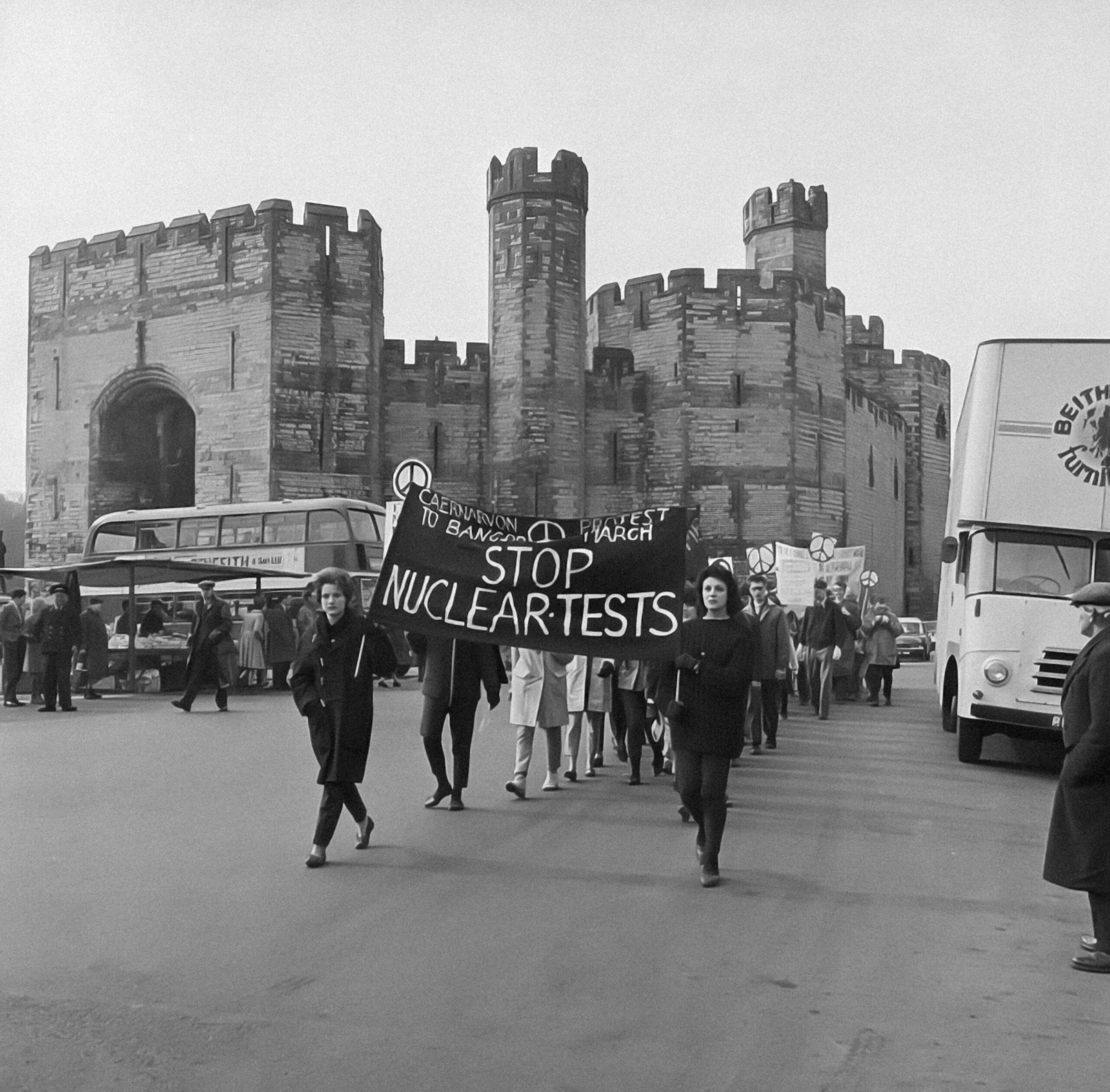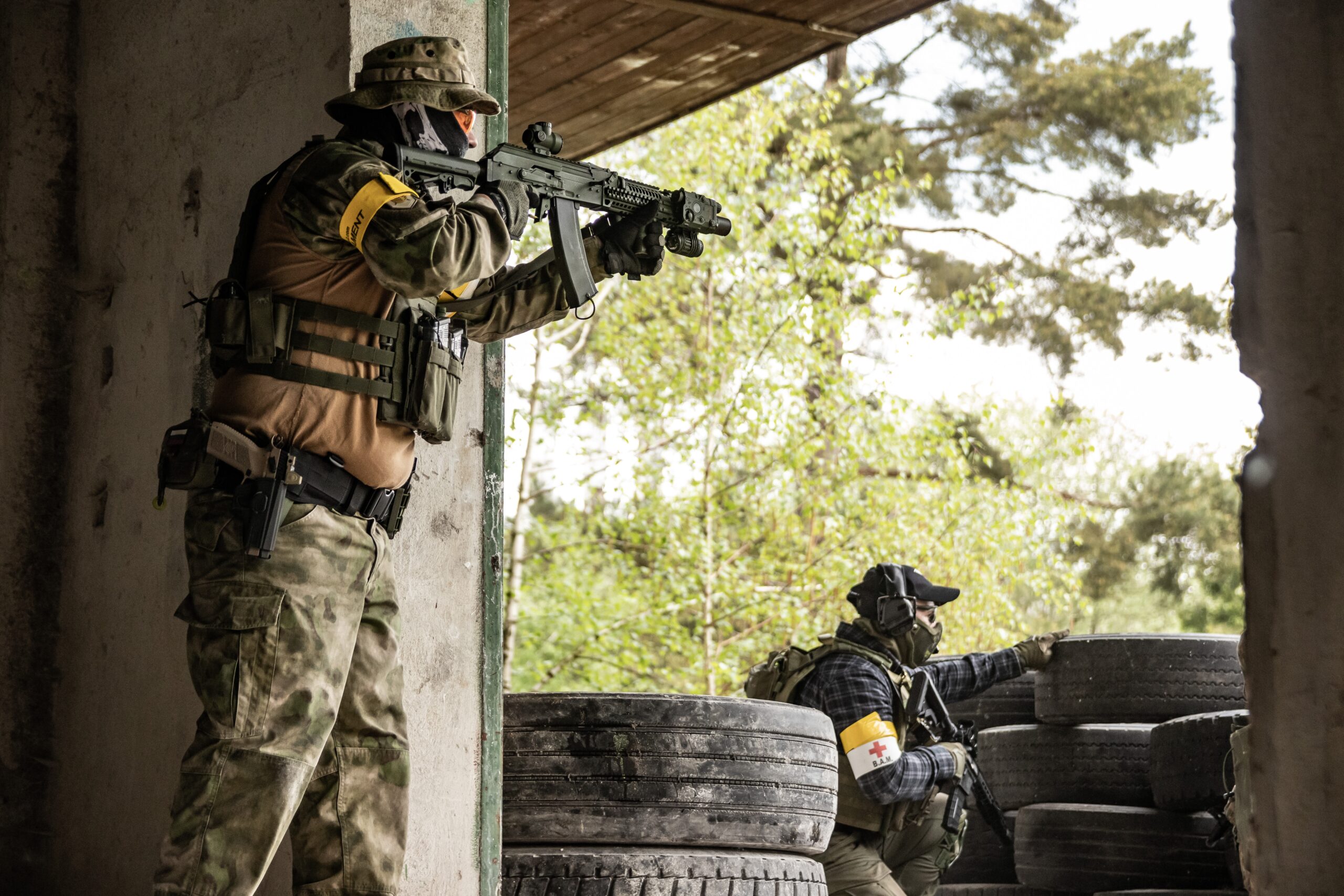Nuclear Secrecy No More! Scientists Can Detect 99% of Underground Tests
Advancements in technology have now made it possible for scientists to detect 99% of underground nuclear tests, significantly reducing the ability of nations to hide their nuclear activities.
New research has unveiled a groundbreaking method for detecting clandestine subterranean nuclear weapons tests, marking the cessation of such covert activities worldwide.
Since the onset of the Atomic Age, underground nuclear testing has been a prevalent method for evaluating new weapons. For instance, the Arms Control Association approximates that 2,056 subterranean tests have been carried out since 1945.
However, advancements in technology have now made it possible for scientists to detect 99% of underground nuclear tests, significantly reducing the ability of nations to hide their nuclear activities.
Seismic Activity
One of the key methods used to detect underground nuclear tests is through the monitoring of seismic activity.
When a nuclear explosion occurs underground, it generates seismic waves that travel through the Earth’s crust.
These waves can be detected and analyzed by seismometers, which are sensitive instruments designed to measure ground motion.
Seismometers are strategically placed around the world as part of the International Monitoring System (IMS), which is operated by the Comprehensive Nuclear-Test-Ban Treaty Organization (CTBTO).
The IMS consists of a network of over 300 seismometers, capable of detecting even the smallest seismic events. By analyzing the data collected from these seismometers, scientists can determine whether an underground nuclear test has taken place.
Advancements in technology have greatly improved the sensitivity and accuracy of seismometers, allowing scientists to detect even the faintest seismic signals.
This means that underground nuclear tests, no matter how small or well-hidden, are unlikely to go unnoticed.
The ability to detect 99% of underground tests is a significant milestone in global efforts to prevent the proliferation of nuclear weapons.
Radioactive Particles
In addition to seismic monitoring, scientists also use other methods to detect underground nuclear tests. One such method is the detection of radioactive particles in the atmosphere.
When a nuclear explosion occurs underground, it releases various radioactive isotopes into the air.
These isotopes can be detected by specialized equipment, such as air samplers and radionuclide detectors.
The International Monitoring System includes a network of stations equipped with these detectors, allowing scientists to continuously monitor the atmosphere for any signs of nuclear activity.
Analyzing the composition of the air samples collected by these stations enables scientists determine whether a nuclear test has taken place and even identify the specific isotopes released during the explosion.
Data Analysis Techniques
Advancements in data analysis techniques have also played a crucial role in improving the detection of underground nuclear tests.
Scientists now have access to sophisticated algorithms and computer models that can analyze large amounts of data in real-time.
These tools can quickly identify patterns and anomalies that may indicate the occurrence of a nuclear explosion.
Furthermore, international cooperation and information sharing have become vital in the fight against nuclear proliferation.
The CTBTO and its member states work closely together to exchange data and expertise, ensuring that any suspicious activity is promptly investigated.
This collaborative approach has significantly enhanced the global community’s ability to detect and deter underground nuclear tests.
While the ability to detect 99% of underground nuclear tests is a significant achievement, there is still room for improvement.
Scientists continue to develop and refine detection technologies, aiming to further increase sensitivity and accuracy.
Additionally, efforts are underway to expand the International Monitoring System, ensuring that no region of the world is left uncovered.
The detection of underground nuclear tests is a crucial step in preventing the proliferation of nuclear weapons.
Scientists are helping to create a safer and more secure world by reducing the ability of nations to hide their nuclear activities,










